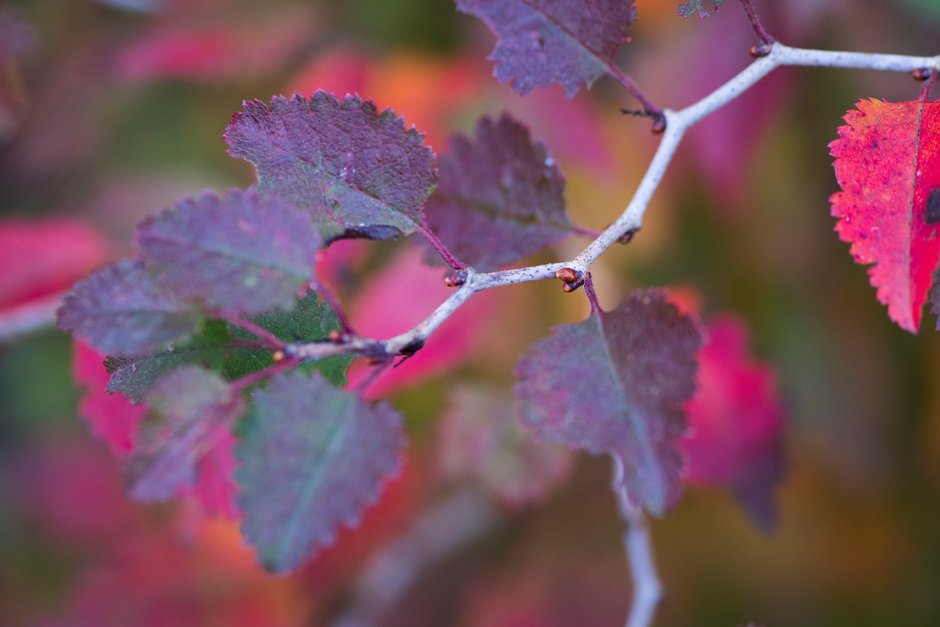Prunus incisa 'Kojo-no-mai'

cherry 'Kojo-no-mai'
Upright, deciduous shrub or small tree to 2.5m tall, with zig-zag branches bearing mid-green, lance-shaped leaves, with good autumn tints, and single flowers 1.5cm wide opening before the leaves in early spring, the petals white or palest pink, becoming deeper pink in the centre
Size
Ultimate height
1.5–2.5 metresTime to ultimate height
5–10 yearsUltimate spread
1.5–2.5 metresGrowing conditions
Moisture
Moist but well–drained, Well–drainedpH
Acid, Alkaline, NeutralColour & scent
| Stem | Flower | Foliage | Fruit | |
| Spring | Pink White | Green | ||
|---|---|---|---|---|
| Summer | Green | |||
| Autumn | Gold Yellow | |||
| Winter |
Position
- Full sun
Aspect
West–facing or East–facing or South–facing
Exposure
Exposed or Sheltered Hardiness
H6Botanical details
- Family
- Rosaceae
- Native to GB / Ireland
- No
- Foliage
- Deciduous
- Habit
- Bushy
- Genus
Prunus can be deciduous or evergreen trees or shrubs with showy flowers in spring, and often good autumn foliage colour. Some have edible fruit in autumn, and a few species have ornamental bark
- Name status
Accepted
How to grow
Cultivation
Grow in any moist but well-drained soil in sun or part shade. Makes an excellent small specimen tree
Propagation
Propagate by softwood cuttings (greenwood) from late spring to midsummer
Suggested planting locations and garden types
- Patio and container plants
- City and courtyard gardens
- Cottage and informal garden
- Wildlife gardens
- Flower borders and beds
Pruning
Pests
May be susceptible to aphids, caterpillars and bullfinches
Diseases
May be susceptible to silver leaf, honey fungus, blossom wilt and Taphrina wiesneri (causes witches broom)
Get involved
The Royal Horticultural Society is the UK’s leading gardening charity. We aim to enrich everyone’s life through plants, and make the UK a greener and more beautiful place.
